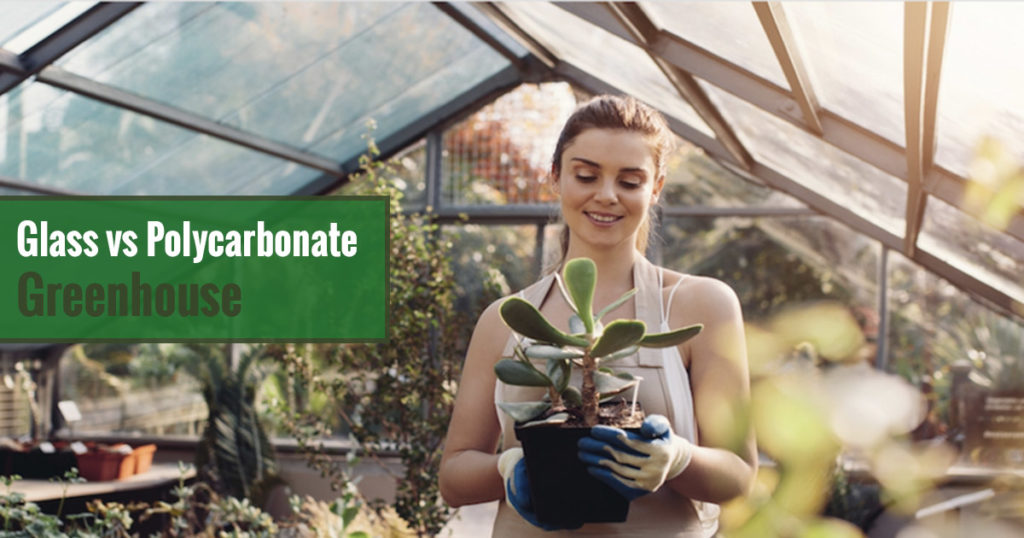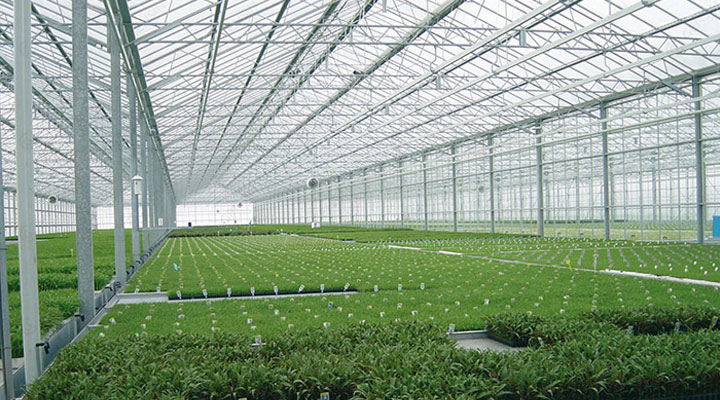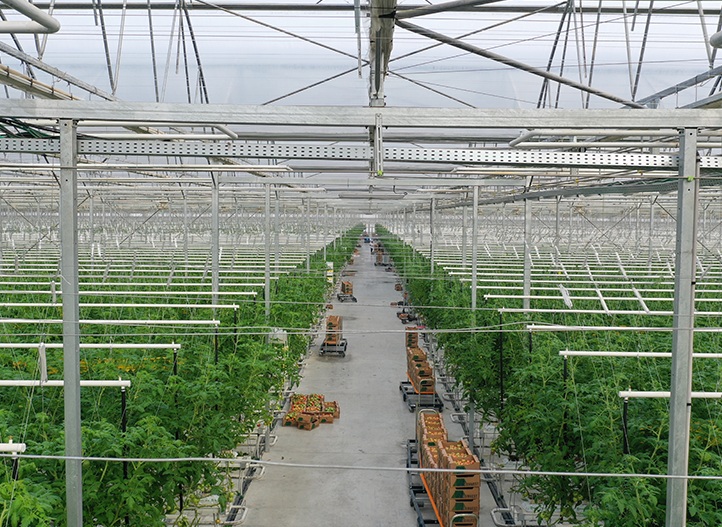Glass in a greenhouse has well-known advantages, but also disadvantages.
For example, glass offers little insulation. With thermal insulation, growers in cold climates could benefit much more from greenhouse cultivation.
That is why the British Crop Health & Protection (CHAP) recently organized a webinar about the Envirup Insulation System Project, a research project that aims to provide a solution to this problem. “Houses are expected to be well insulated to keep the heat in and the cold out, so why can’t greenhouses do the same?” stated Assim Ishaque, energy advisor and keynote speaker at the event.

The project was led by Envirup, a UK clean technology consultancy. This is a feasibility study aimed at verifying the performance of the Envirup Insulation System (EIS) on different crops at various locations and to see how optimal greenhouse conditions can be maintained for as long as possible with the lowest possible heat loss. The project was supported by CHAP and Cambridge HOK, among others, and was based on the perspective of the grower trying to reduce the energy costs in a cold climate.
Panel system
After a short introduction, Assim Ishaque, one of the project leaders, gave some more details about the system. It consists of a panel and hood design that can be built on top of each other.
In addition to the high energy costs, Assim also cited the increasing consumer demand for sustainably and locally grown fresh products as a reason to insulate greenhouses. People want fewer food kilometers and governments often want growers to pay taxes on their energy consumption. So there is a double benefit in reducing energy costs. “Horticulture is an interesting sector for the insulation industry, because innovation quickly pays for itself. So we decided to build greenhouse walls from polycarbonate. When testing the panels, we found a total light transmission percentage of 80.28%, so there wouldn’t be much sunlight are lost.”
Another advantage of the panel structure is that it is much easier to install and involves fewer risks and fewer personnel. “Only two people are needed to assemble the two-metre-long panels. The glass structure becomes superfluous in this way and no one will be able” explains Assim.
In addition, with global raw material shortages, it is only an advantage that much less steel is needed for the construction, because the panels are self-supporting. “Setting up the greenhouse also saves the grower 10 construction days, so this time can be spent on cultivation.”
Smaller local cultivation
One of those present asked whether the fact that only the walls can be insulated in this way is not a disadvantage for larger greenhouses, since the heat loss in such is greater via the ceiling.
“The smaller the greenhouse, the smaller the heat loss because the walls retain a relatively large amount of heat. Our starting point is therefore the small-scale greenhouse, although the project does not stop there,” explains Assim. “With this system, growers can work all year round, even in winter in cold climates, without sacrificing the cost-effectiveness of their operations.”

“This system also contributes to the diversification of greenhouse cultivation. What we are going for is local, sustainable cultivation. Several smaller greenhouses that produce a variety of products can help us better than one large that achieves a huge yield for export. This system supports the local cultivation model.”
For more information:
CHAP
www.chap-solutions.co.uk











